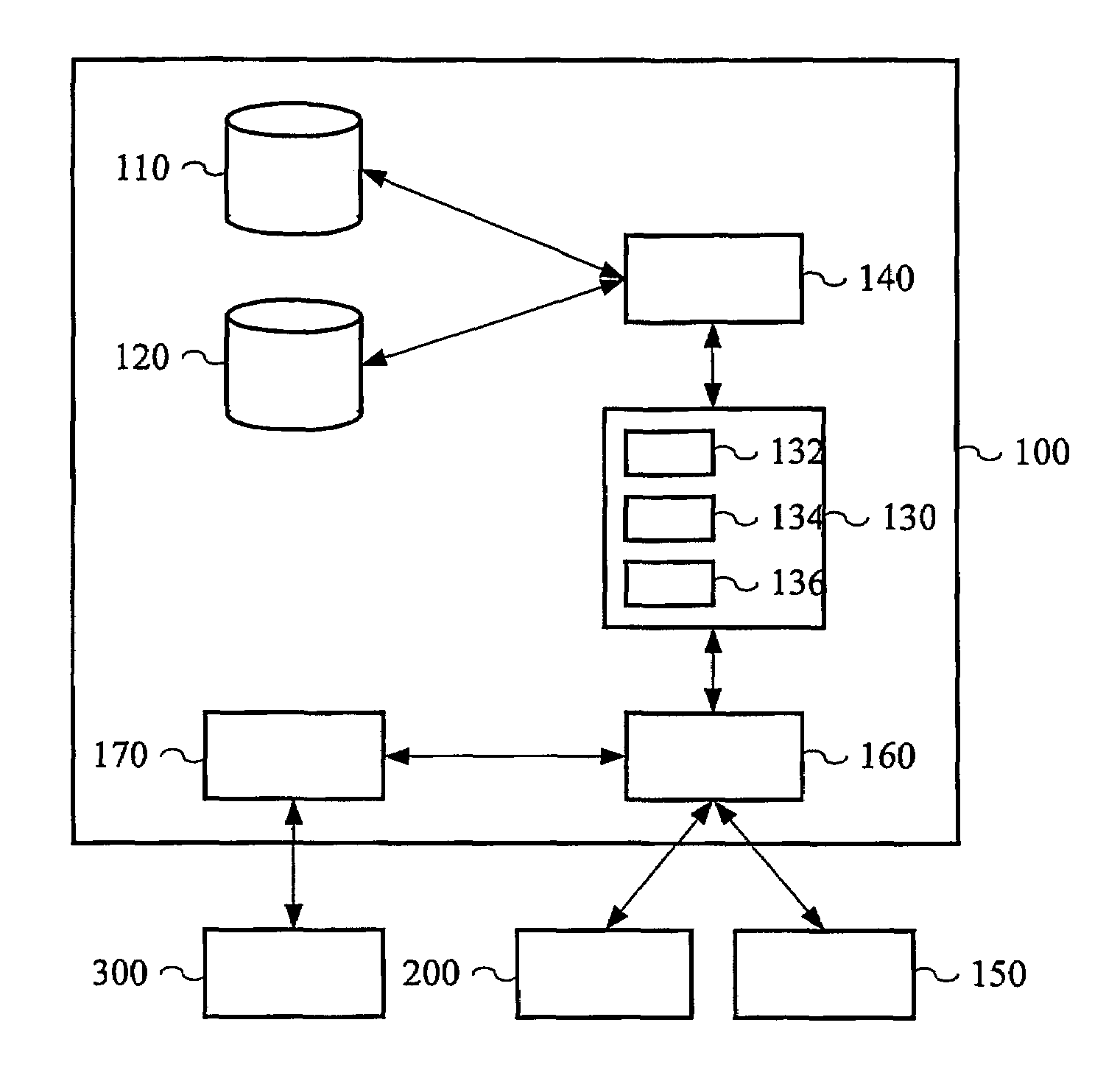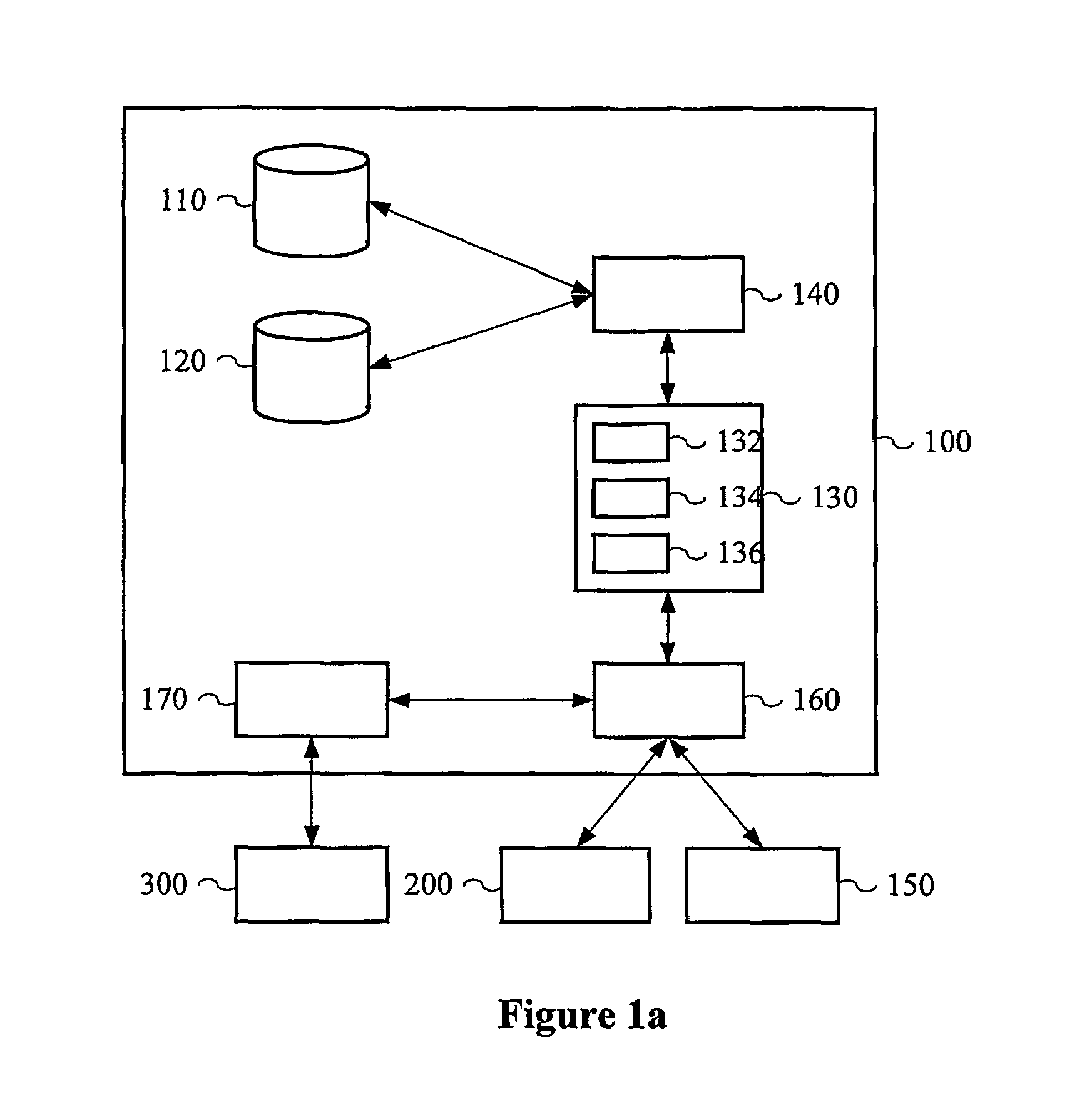Apparatus, method and computer program product for modelling causality in a flow system
a flow system and causality technology, applied in the field of apparatus, a computer program product and causality modelling in the flow system, can solve the problems of many systems and often very difficult to recognise, the level of the tank affecting the flow through the pump, and the flow through the tank will be too low
- Summary
- Abstract
- Description
- Claims
- Application Information
AI Technical Summary
Problems solved by technology
Method used
Image
Examples
example
A Multilevel Flow Model (MFM)
[0094]In MFM the added attribute to the causal relation indicates in which state a causal rule of the causal relation is active or not and can be shown graphically by adding a new modelling element indicating the direction in which the MFM functions affect each other. In the FIGS. 3b, 4b, 5b, 6b, 7b and 8b, examples of modelling elements indicating the direction in which the MFM functions affect each other is illustrated as an arrow between the functions. However, in the case of bidirectional effect no arrow is used.
[0095]The invention will now be exemplified by refers to FIGS. 2–10, wherein the shown states from the top of the state partitions and downwards are high, normal and low. However, it should be understood that the states are given as an example only.
[0096]In the exemplifying FIG. 2a, a bidirectional causal relation, having bidirectional causal rules, is shown, indicating that the MFM functions shown in FIG. 2b, i.e. the transport function and ...
PUM
 Login to View More
Login to View More Abstract
Description
Claims
Application Information
 Login to View More
Login to View More - R&D
- Intellectual Property
- Life Sciences
- Materials
- Tech Scout
- Unparalleled Data Quality
- Higher Quality Content
- 60% Fewer Hallucinations
Browse by: Latest US Patents, China's latest patents, Technical Efficacy Thesaurus, Application Domain, Technology Topic, Popular Technical Reports.
© 2025 PatSnap. All rights reserved.Legal|Privacy policy|Modern Slavery Act Transparency Statement|Sitemap|About US| Contact US: help@patsnap.com



